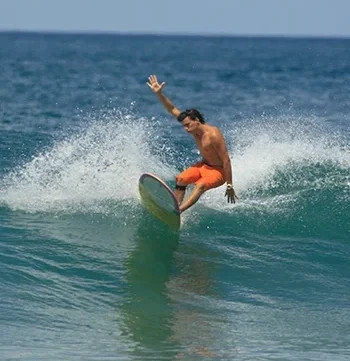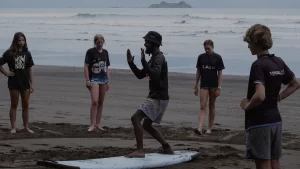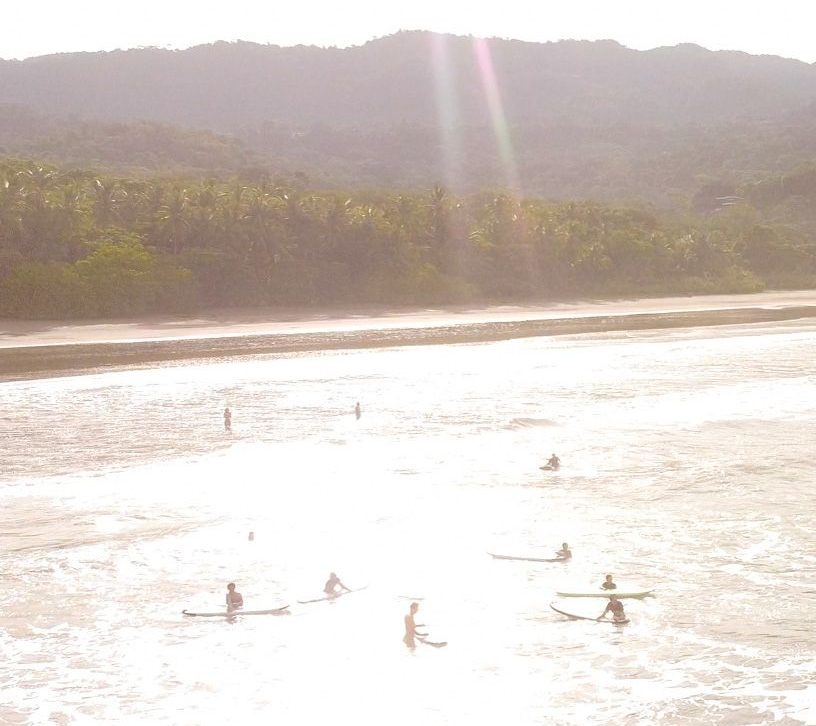
Balance and Coordination: Keys to Riding Bigger Waves
Balance and coordination are two important keys to riding bigger waves successfully. Improving your balance will help you stay upright on the board, while better coordination will enable you to execute maneuvers with greater precision. When you’re riding larger waves, having good balance and coordination becomes even more crucial.
 How Balance Affects Your Surfing Performance
How Balance Affects Your Surfing Performance
Having good balance is critical when it comes to surfing. It’s not just about staying upright on the board; it also helps with executing turns, maneuvers, and adapting to changing water conditions. A surfer with excellent balance can anticipate and respond more efficiently to variations in the waves, which enables them to maintain control even in challenging situations. Additionally, having good balance helps prevent falls, which is especially important when facing larger waves.
Techniques to Improve Balance on the Surfboard
Improving balance in surfing involves practice and dedication. A common technique is to shift weight to the front and back of the board as needed. Proper weight distribution helps maintain stability and facilitates response to the waves. Additionally, bending your knees and keeping a low center of gravity provides a solid base, which reduces the likelihood of falling.
Development of Coordination for Riding Bigger Waves
Surfing in challenging conditions requires a combination of coordination and balance. To successfully ride larger waves, a surfer must be able to synchronize their body movements and adapt quickly to changes in the aquatic environment.
Effective coordination involves harmonizing the movements of the arms, legs, and torso. In larger waves, precise coordination is crucial for executing maneuvers and adjusting the position on the board. This allows the surfer to make the most of the opportunities presented by the wave.
Exercises to Improve Balance in Surfing and Coordination 
Training coordination for riding bigger waves involves specific exercises designed to enhance the synchronization of body movements. Practicing movements on dry land, such as simulating turns and changes of direction, helps develop the necessary muscle coordination. Additionally, activities like yoga and functional training can contribute to improving flexibility and coordination, which can directly benefit your surfing performance.
Strengthening balance is a key component to effectively ride larger waves. Strong core muscles play a significant role in overall body stability, which is essential in meeting the demands of surfing. It’s important to include specific exercises for core strengthening in your training routine. Exercises such as planks, Russian twists, and leg raises can help you strengthen your abdominal and lower back muscles, improving overall body stability during surfing.
In conclusion, balance and coordination are fundamental keys to riding bigger waves. Through specific techniques, specialized training, and focused exercises, surfers can develop these skills, enhancing their performance and maximizing their enjoyment of the water experience.
If you’re considering riding the waves for the first time, it’s recommended to take a surf lesson. Check out the link to learn more about the benefits of taking lessons before surfing solo.



